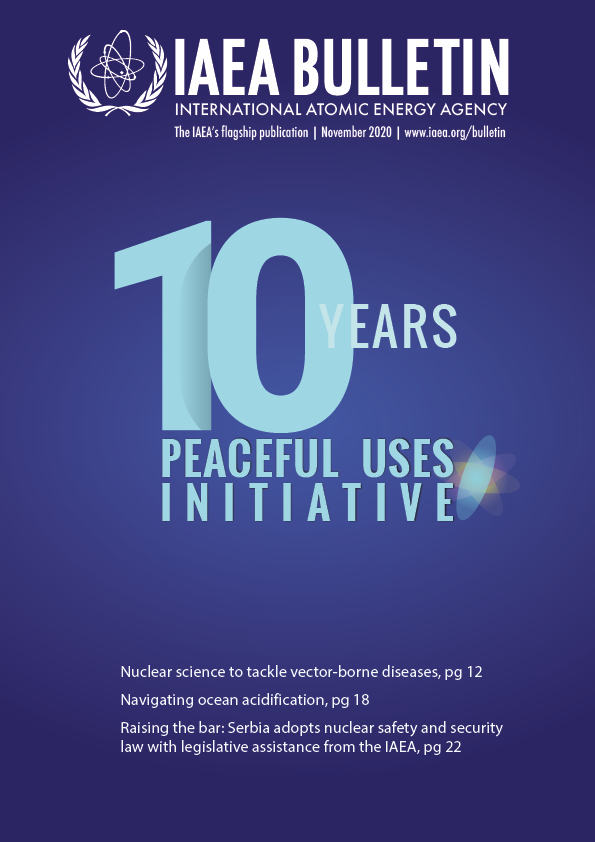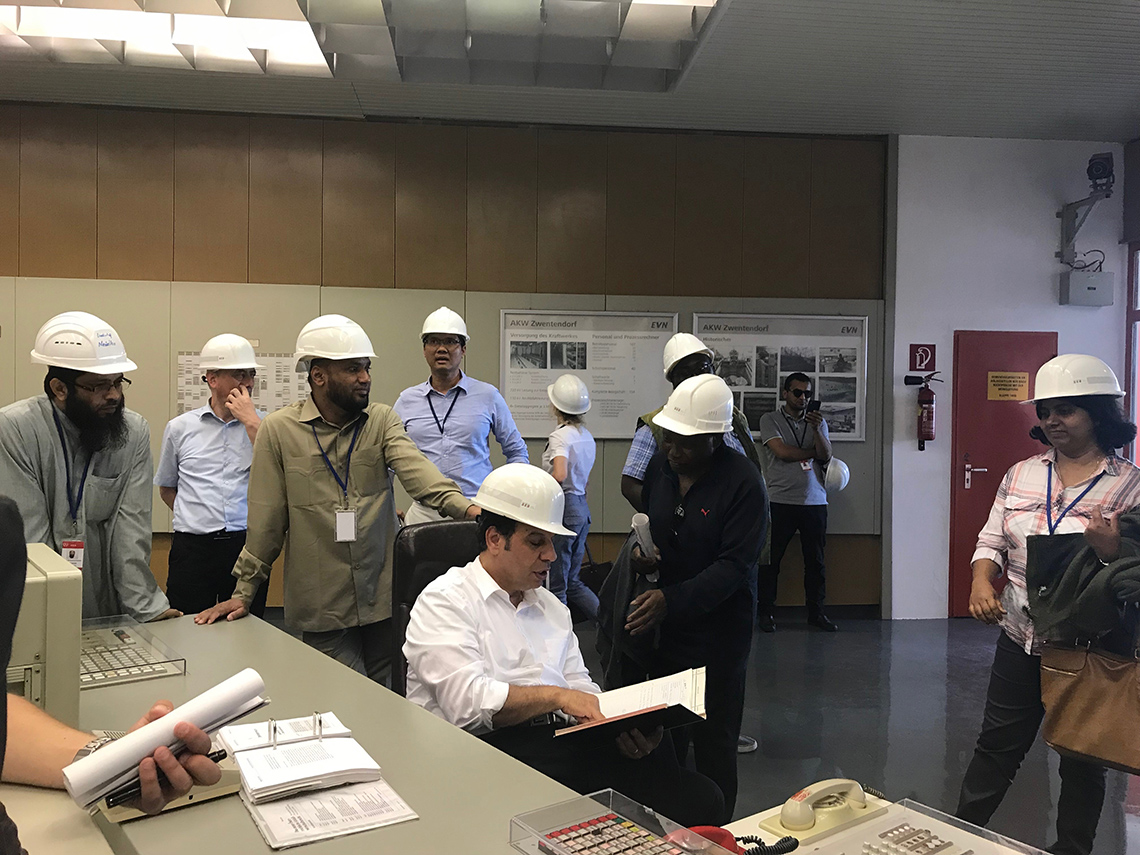“Newcomers to nuclear have varying levels of infrastructural readiness, and our support programmes help countries with their unique situations on an as-needed basis,” said Milko Kovachev, Head of the IAEA’s Nuclear Infrastructure Development Section. “Funding from the PUI has allowed us to expand and tailor our assistance to several countries interested in developing nuclear power.”
Nuclear power programmes require a diverse mix of specialized, well-trained professionals in fields such as engineering, project management, nuclear safety and security and non-proliferation. To assist interested countries with planning and developing their human resources, the IAEA uses the Nuclear Power Human Resources (NPHR) modelling tool, which analyses human resource development plans for new nuclear power programmes.
Initially made available to the IAEA by the United States in 2011, the tool utilizes data encompassing all areas of a nuclear power programme and allows users to select various staffing approaches according to their country’s specific needs. The NPHR model is designed to help countries assess gaps in their human resources plans and project both the number and type of personnel that they will need for their nuclear power programme.
The IAEA provides free access to the tool, as well as conducts weeklong training courses on how to use it. To date, the IAEA has conducted NPHR training for more than 15 countries.
In April 2019, a training course on the NPHR tool was conducted in Vienna with experts from Niger, a country which is considering the introduction of nuclear power. The course provided an overview of how to use the tool and incorporated data specific to Niger, including elements of their educational system and existing workforce.
In October 2019, a workshop was held in Poland to provide feedback on the country’s national workforce plan and assist in updating its country specific NPHR model. Poland plans to deploy up to 9 000 GW(e) of nuclear power in the coming years in order to reduce its dependence on coal-fired power plants and cut carbon emissions.
“The greatest advantage provided by the training was the ability to simulate various scenarios with national baseline data according to dynamic changes in areas such as programme implementation schedule and availability of technical staff,” said Marzena Kurpinska, a specialist at the Polish Ministry of Climate and Environment’s Nuclear Energy Department. “The exercise helped us assess whether we have sufficient human resources to build and maintain nuclear power plants over the next several decades.”

